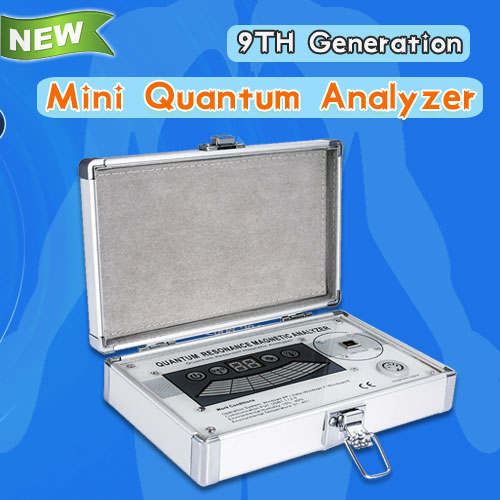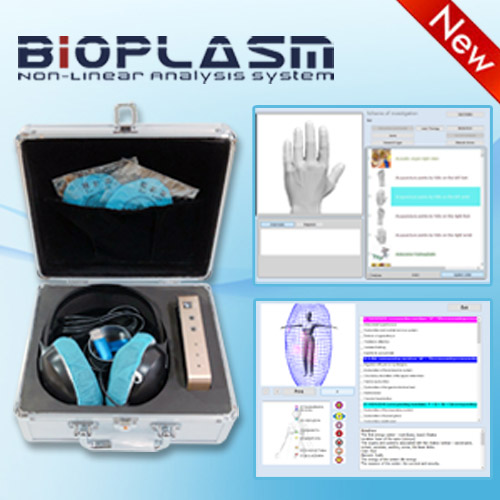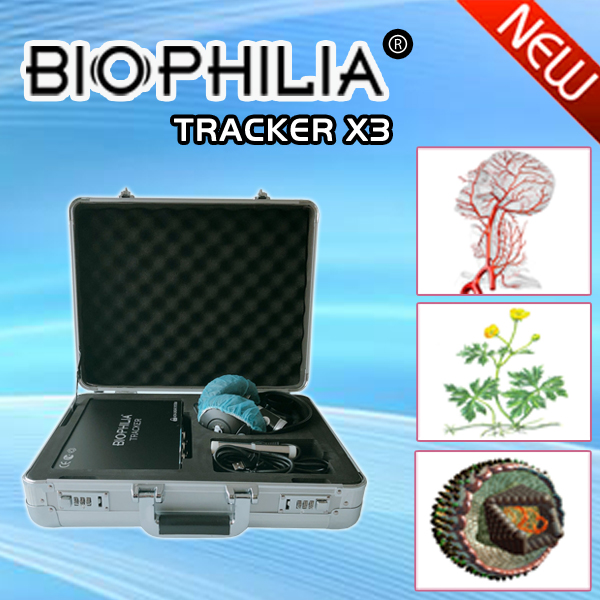NLS-diagnostics With Biophilia Tracker And Diffuse Infiltrative Lung Diseases
Among different kinds of lungs disorders special attention has been paid over the last years to diffuse infiltrative lung diseases (DILD), which is largely accounted or by some problems in their timely diagnostics and treatments.
Most diffuse lung diseases involved in the pathological process both the interstitial tissue and the respiratory tract and alveola. In this connection this type of pathological processes should be defined rather diffuse infiltrative than as interstitial diseases. Despite of the polymorphism of clinicomorphological manifestation of DILD, most of them star off with productive alveolitis (in contrast to the exudative alveolitis in the case of pneumonia) with fairly stereotyped changes in the lung interstice in the form of inflammatory infiltration with different degrees of intensity. Subsequently fibrosis develops that can have differen rates of progression. A "cellular lung" pattern is the final phase of development. It should be noted, that some infection diseases of certain etiology (like tuberculosis, histoplasmosia, etc.) and particular malignant tumors (lymphogenous, carcinomatosis, brioncholoalveolar cancer) do not directly belong to interstitial lund diseases but are similar to them in terms of manifestation.
Unfortunately, the capabilities of conventional peonthenography for patient with a suspected DILD appear to be limited for the sensitivity and specificity of the method prove to be insufficient. The data on 458 patients with a histological confirmed DILD were studied. The chest radiographs for 10% of the cases turned out to be normal. Among 86 patients affected by DILD no pathological change was detected in 50% of the patients with histologically proven bronchiectasia and over 20% of the patients with emphysema shown on X-ray shot. Radiography may equally show false positive results of the investigation. We have discovered that 10-20% of the patients with the x-ray-confirmed sings of DILD no changes were detected during the lung biopsy.
The computer nonlinear diagnostics (NLS) is one of the promising methods of diagnosing lung disease of today. NLS appreciably improves the communication of the fine morphological elements in the lungs tissue and opens up new opportunity for recognizing interstitial discases of the broncholveolar system. NLS has a high sensitivity in detecting fine interstinal lesions of the parenchyma and small nodules.
The result of investigations prove that NLS Device - biophilia tracker has a better sensitivity in detecting both acute and chronic diffuse lung diseases. The sensitivity of NLS diagnosis in detecting lung disease make 85% as compared to 79% in chest radiography.
The accumulated experience too, give additional grounds to assert that NLS is a highly efficient method for diagnosing a wide range of various diffuse lung diseases, DILD included, and excels the classic: chest radiography by sensitivity.
It should be noted that the high sensitivity of the NLS-method is achieved without sacrificing the specific and diagnostic accuracy of the method. In patients affected by DILD the NLS specificity amounted to 86% as opposed to 76% in radiography. In particular, the high sensitivity (87088%) and specificity (83-89%) of NLS were demonstrated in bronchiectasia diagnostic.
This article is provide from [Metatron 4025 hunter],please indicate the source address reprinted:http://www.healthycarer.com/news/nls-knowledge/1585.html






